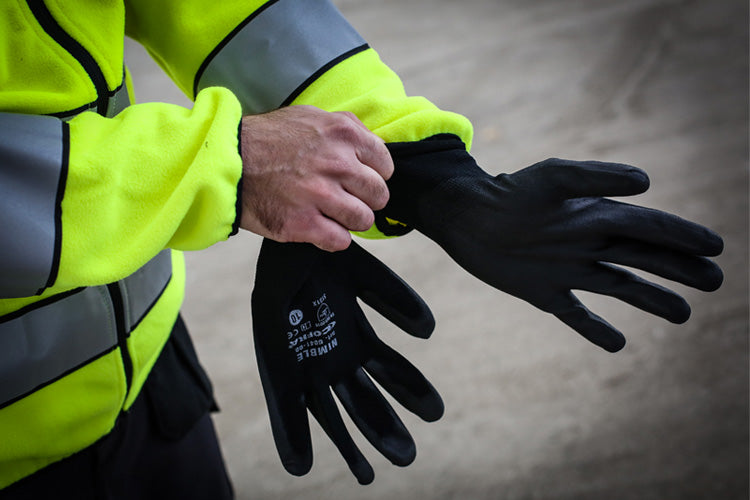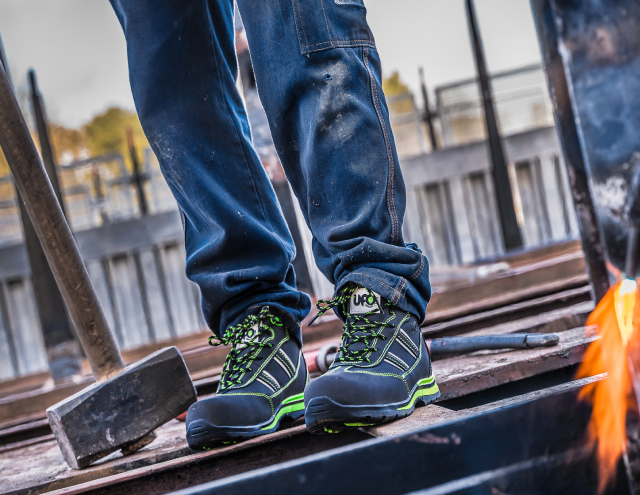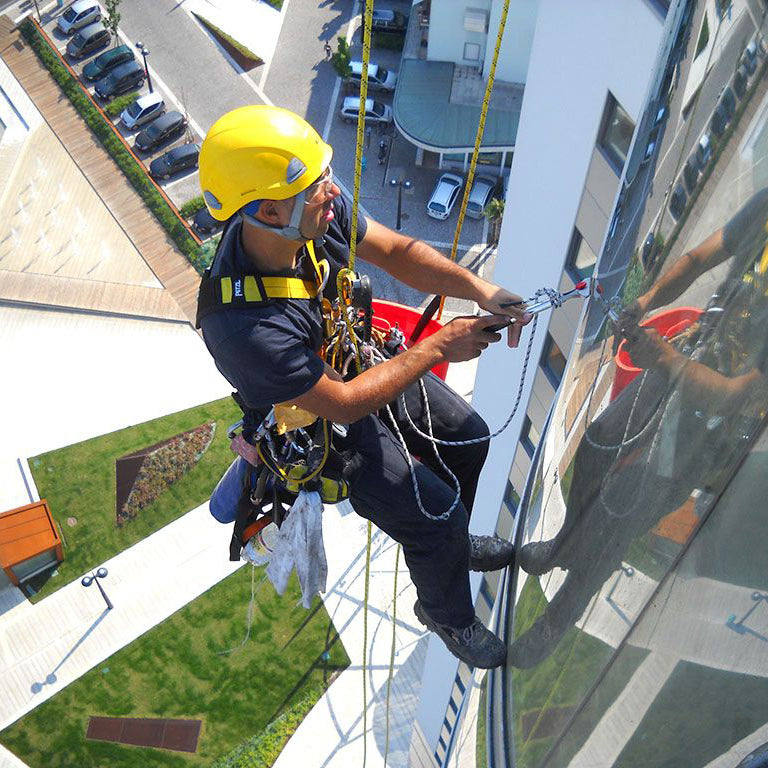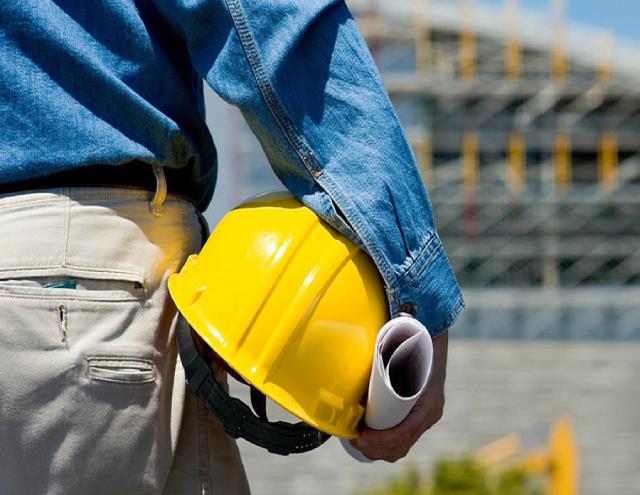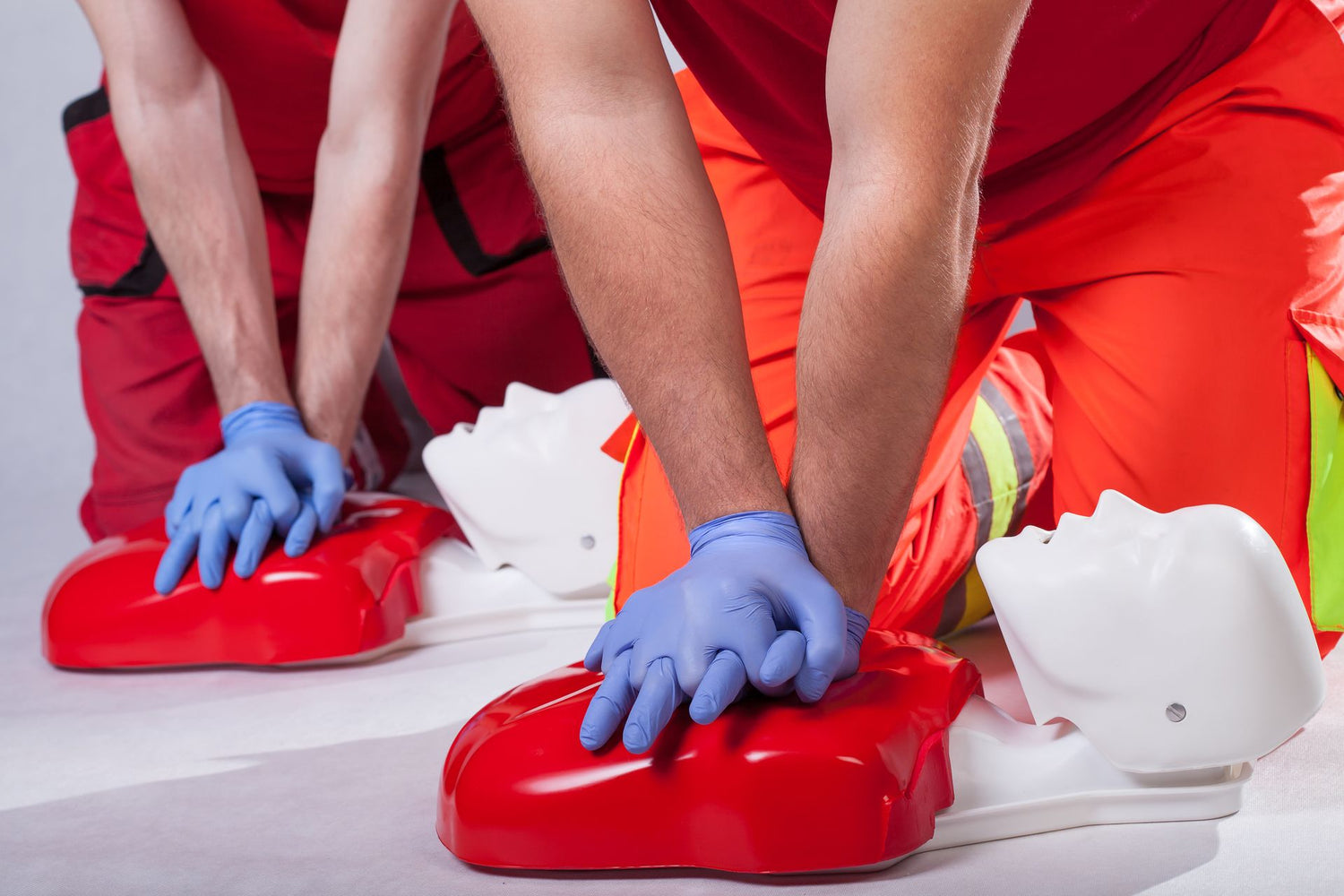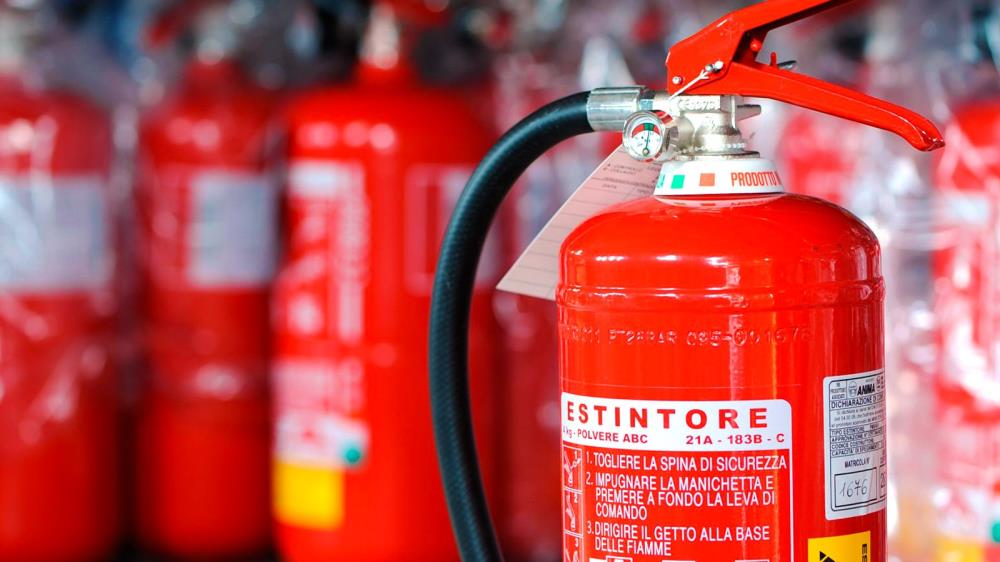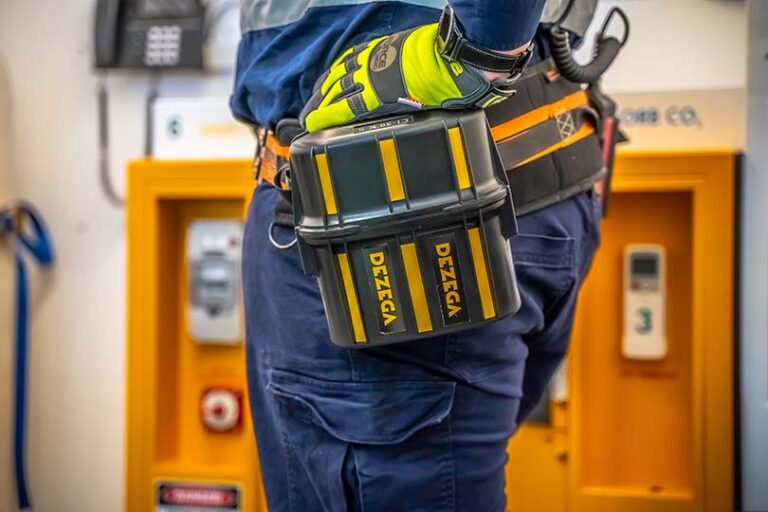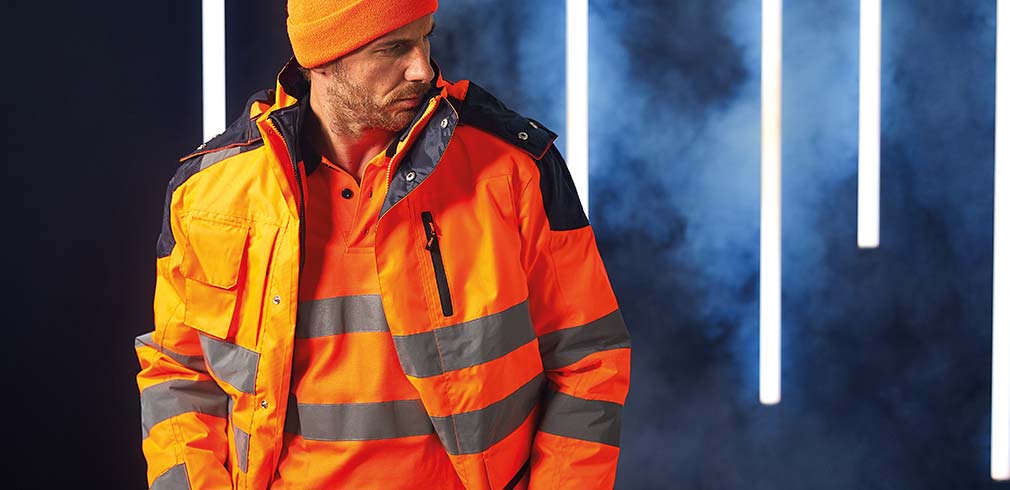We tend to neglect our feet. We should take care of them as much as we take care of other parts of our body, such as our hands, for example
The foot has a wonderful morphology, as the whole human body must be supported and balanced on it. He must carry out this mission throughout his life. And it's not easy!
The ideal for our feet, if possible, would be to never wear shoes in our lives, because this would simultaneously offer the foot muscles a natural workout. In practice, however, this theory cannot be applied, as the climate and our work require us to wear shoes to protect and keep our feet firm and warm.
A complex interaction
For our feet to function properly, bones, tendons and ligaments must work together and interact harmoniously. The foot comprises 26 bones, while there are also two in the tendon of the big toe. It also includes 57 named joints and 108 ligaments, which hold these joints together.
A series of tendons connected segmentally to muscles located in the foot and lower part of the shin help to perform the various movements of the leg. The foot has 1,700 nerves, which are in constant communication with the brain, while the 90,000 sweat glands serve the body to maintain its temperature, but also to eliminate toxins.
The three arches
The bones of the foot form three arches (or arches):
- The internal arch , which extends from the heel bone and scaphoid bone to the first three toe bones.
- The outer arch that extends from the heel to the outside of the toes.
- A transverse arch , formed by the sphenoid, scaphoid and metatarsals
Industrial – The movement of the foot
By biomechanics we mean the laws of physics and mechanics that govern the movement of body parts and the forces that influence those movements. Extension and flexion (moving the leg up and down, respectively) occur between the ankle and the "wishbone" formed by the tibia and fibula bones. This joint is called the upper ankle joint.
The phenomena of "pronation" and "pronation" are created by the ankle, scaphoid and heel. They occur in the longitudinal axis joining the ankle to the big toe. When the foot touches the ground, in the case of pronation, the heel tilts outwards, while in the case of supination, the heel tilts inwards.
The body also has its own "shock absorbers". Such are tendons, ligaments, layers of fat in the sole, muscles and bones, which help absorb shock. But when the forces and pressures applied are great, injuries can easily occur. As we walk and one foot is on the ground, the other is in the air preparing for the next step.
Even in swing, however, the outward (the one who walks on the ground) still affects, as all the weight falls on it. The heel and ankle bones are the bones that bear the most weight in the body. This is also why the skeletal part of the human body that is designed to bear the most weight is the ankle.
The step
When we walk, the foot constantly adapts to different surfaces and, in cooperation with the muscles, absorbs shocks and thus reduces the pressure it receives from the ground. As we take a step, the load follows the supporting arch of the foot and the foot touches the ground with the outside of the heel. Shock absorption of the foot occurs in the internal arch and transverse arch (i.e. the one that is "built" in front, above the wedge bones and their muscles).
The ideal stride takes place diagonally from the outer side of the heel and ends at the second toe, along the longitudinal axis. Many of us, however, don't walk ideally. Instead, we initiate the pass by rotating the heel bone outward. Thus, when the weight falls on the foot, a mobility is created between the joint surfaces and because the muscles and ligaments are unable to function properly, the internal arch "droops" and the phenomenon of pronation occurs (i.e. the heel tends to the outer side). The two fibular muscles play an important role in pronation, and the tendons under the outer ankle joint can be felt.
Heel spur
Under the heel is a layer of fat that acts as a cushion. Inside the heel, however, there is another layer of fat, thinner and covered with fabric to keep the heel stable and absorb shock when walking or running. When this cushion is compressed by weight, it slides sideways and its absorbency decreases.
This phenomenon is also known as "heel back". A "heel spur" can be diagnosed via X-rays and looks like a bony protrusion. This protrusion often develops in conjunction with inflammation of the plantar fascia and a strong indication that the fatty layer of the heel bone has been compressed is the case of a fracture at the back of the heel bone.
Treatment : Check your safety shoe and make sure it provides heel stability. Reduce pressure on the heel by using an insole with heel reinforcement. Examine the morphology of the foot: what does the arch of the foot look like? Do you notice excessive pronation? Rub the heel on the sensitive area. If pain persists, consult a specialist.
Nerve entrapment
The toes, in addition to providing the impetus for the stride, together with the ligaments also maintain the shape of the transverse arch located where the toe joints begin. When the muscles and ligaments loosen and no longer hold properly, sagging of the arch occurs, which causes compression of the nerve between the third and fourth toes between the bones of those toes.
This pretty much means that constant pain can be caused with every step we attempt. To raise the bow again, the bottom should have a pad just below the tip and keep it up. Often, nerve entrapment is seen in combination with excessive pronation.
Treatment : Replace the sole with one that has reinforcement in the arch area, check the arch and if the pain does not subside within three weeks, consult a specialist.
Sprained ankle
Ankle sprains are by far the most common form of injury and are mostly seen in athletes, but they can also often occur during work as it is very easy to twist the ankle when working on slippery or uneven surfaces.
Torn ligament
The case of rupture of the ligament that passes between the fibula of the tibia and the ankle, constitutes 70% of the ligament injuries of the foot. Symptoms: Pain and swelling in and around the ankle.
Treatment : Apply pressure and cool the area gradually increasing. By enriching the training with various strength and balance exercises, the treatment will be more effective. Also, you can try the Balance Board, which is very helpful in recovering from this particular injury. When returning to work and normal activities, it's a good idea to tie the ankle to keep it stable, and it's important to check the stability of the shoe.
Achilles tendon
Pain and swelling indicate an inflamed Achilles tendon. Achilles tendon inflammation can occur when working in cold temperatures, training on hard surfaces, or running uphill. If the inflammation becomes large enough, there is a risk of developing "chronic Achilles tendonitis", which can lead to surgery.
So when your Achilles tendon shows signs of swelling, you should contact a doctor or physical therapist. Athletes whose foot arches are relatively high are more likely to develop Achilles tendonitis and especially those who do not stretch locally before and after training.
Treatment : Refrain from activities if the pain becomes more severe. Inflammation is treated with local massage and other restorative methods. Choose a different form of exercise for a while, like swimming and cycling. Finally, frequently stretch the Achilles tendon and gastrocnemius muscles (located in the calf area)
injuries
The term "injury" means that the leg has been functioning incorrectly for a long time, that is, the so-called "biomechanically incorrect posture" is observed. Hard surfaces and often repetitive movements during work are the most common causes of such injuries, although there have been significant improvements in recent years.
This is largely due to the evolution of footwear, as well as the fact that occupational health and business policies have moved towards accident prevention, ensuring that workers have the right work shoes based on the nature of their work.
Treatment : To treat the injuries, orthopedic techniques must be used using specially adapted aids, which relieve pain and restore correct foot posture
Injuries to the legs, knees and back are responsible for the majority of sick leaves. In other words, the right safety shoes make all the difference.
Check your feet
There are many ways to determine the condition of your feet. The most common are the walking table and the mirror box .
- Insole : Our insole provides information about the width, size and type of safety shoe that fits our feet. In the pedalograph, an image of the foot is obtained with emphasis on the plantar arch, pressure points and excessive inclinations that may be present (pronation-pronation). This information is important for choosing an insole.
Awareness of the importance of wearing safety shoes is becoming more common in the industry every day
- Mirror Box (Box with mirror) : The mirror box is a simple device that allows us to see the bottom of the foot. It usually consists of a glass plate with a mirror and internal lighting. An expert, by observing, can decide what type of insole you need.


